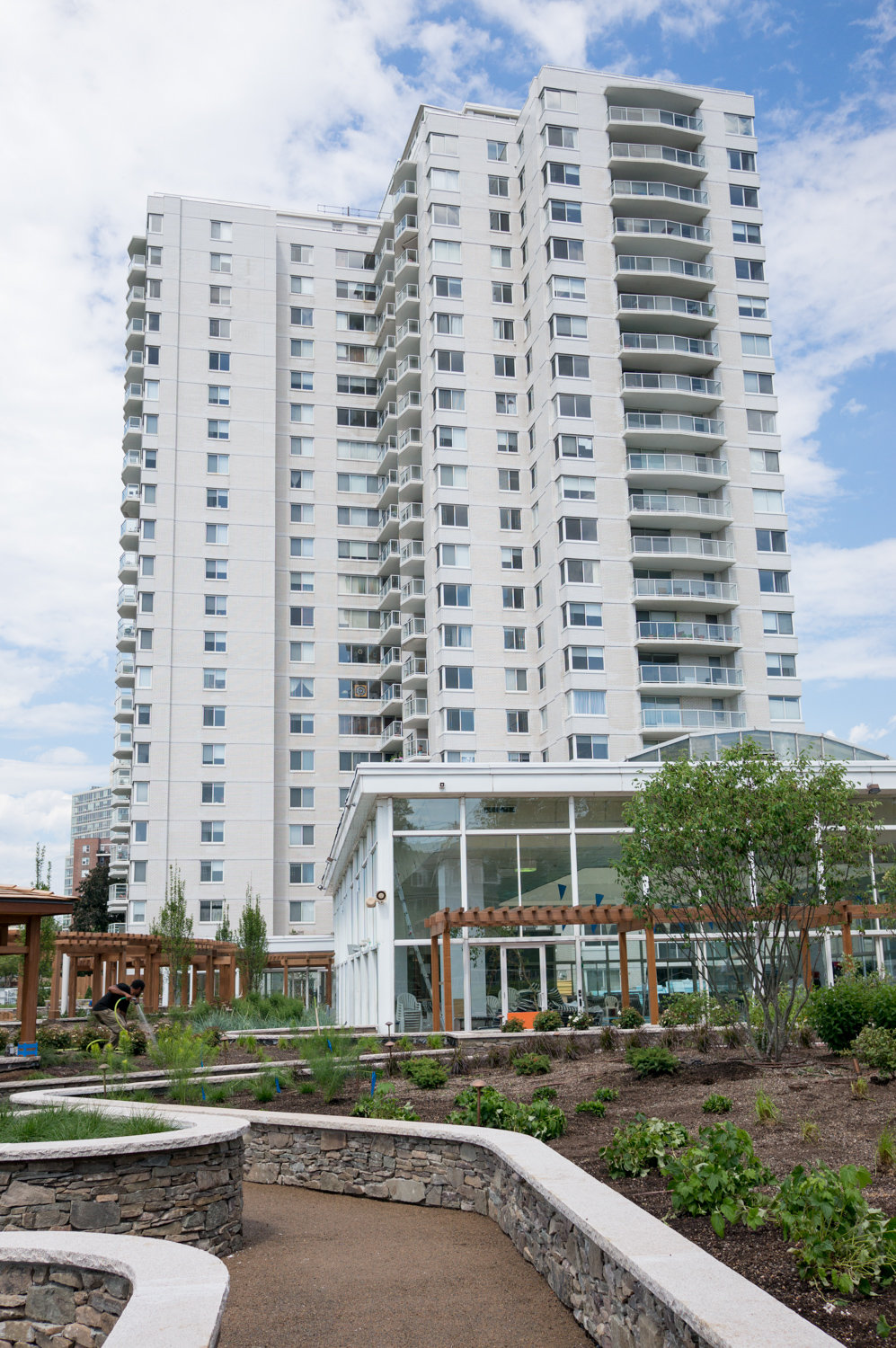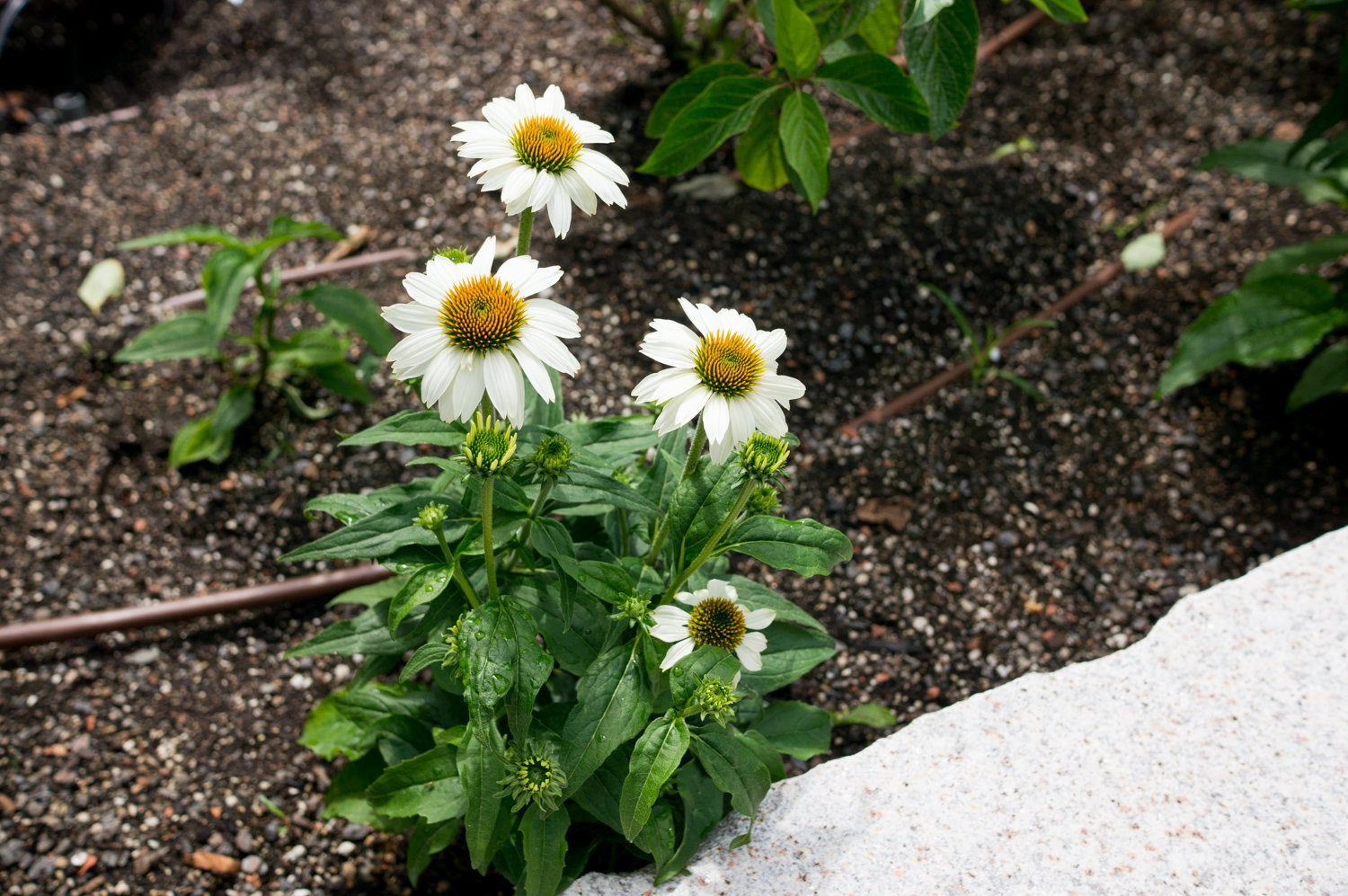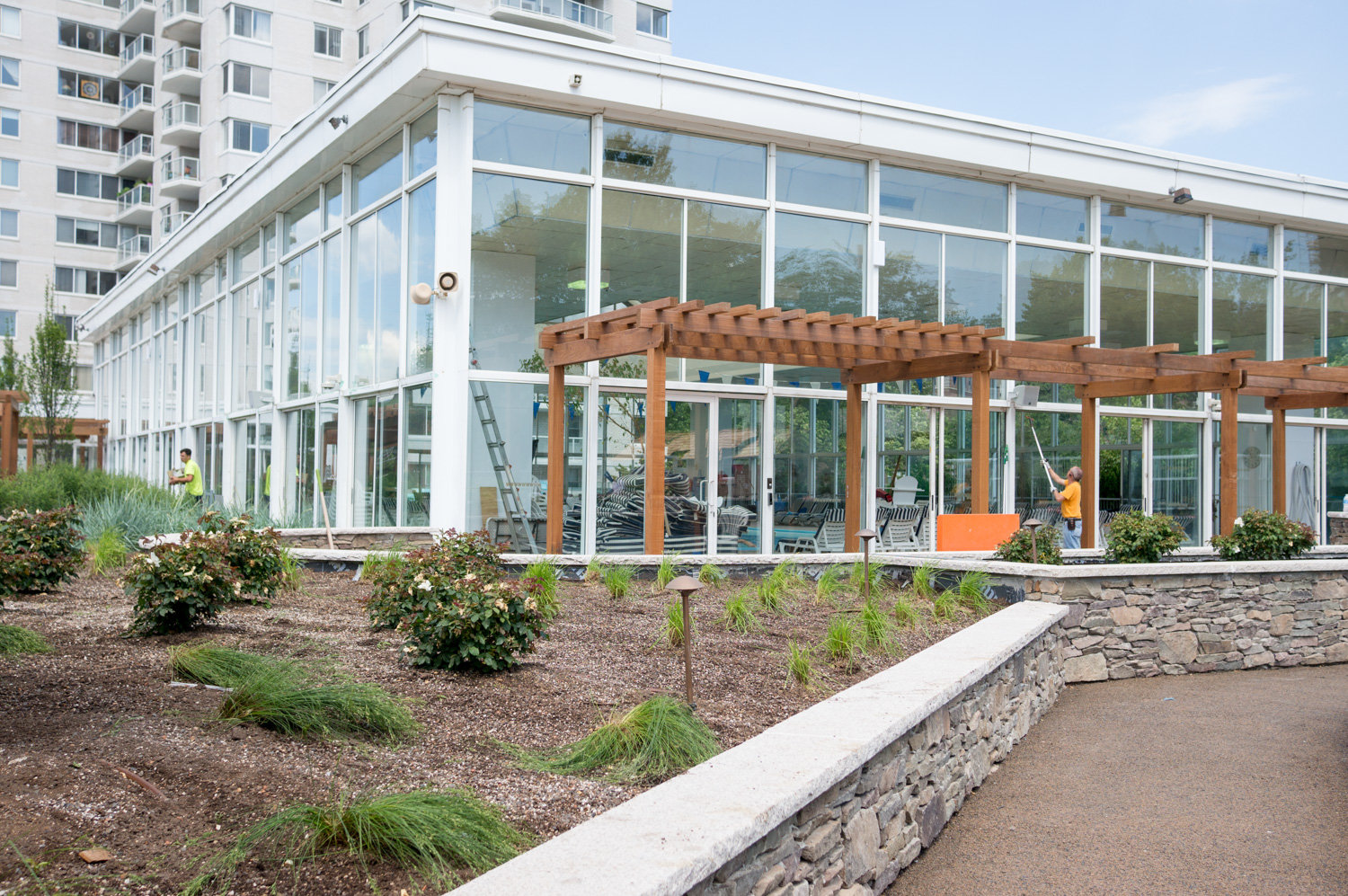‘Tar beach’ no more, city rooftops are going green
Amid the gray skies and February gloom, some New Yorkers (the ones not in Florida right now) dream of summer when they can pack a picnic, throw on some shorts and sandals, and head downstairs to a park.
Only, what if instead of walking down the stairs, you only had to climb a little higher?
The city’s buildings department enacted a new law late last year requiring certain buildings to feature green roofs. They can be literally green, with well-kept lawns, thoughtfully assembled flower planters or full-blown farms. But it also can be solar panels and wind turbines to generate electricity, thereby offsetting some of the city’s carbon footprint.
It would require new buildings and any existing buildings undergoing roof renovations to adopt these green measures.
“I think it’s smart legislation,” said Councilman Andrew Cohen, one of the bill’s sponsors. “It’s focused primarily on new construction or when people are doing major improvements. We packaged it with tax credits to make it as feasible as possible for people to adopt this technology.”
A lot of environmental legislation passed through the council each year, Cohen said, with Queens councilman Costa Constantinides — chair of the council’s environmental protection committee — deserving much of the credit. The green roofs law, passed last spring, was part of the larger Climate Mobilization Act, a package of bills and resolutions aimed at reducing metropolitan greenhouse emissions.
Green roofs stuck out particularly, Cohen said, because it was doable, the effects are measurable, it will undoubtedly benefit quality of life, and there’s an incentive for builders to include sustainable design.
Commercial, civic and residential buildings generate 80 percent of the city’s greenhouse emissions, according to a buildings department spokeswoman. The goal is to reduce all of that by 40 percent once 2030 rolls around through a series of environmental programs and reforms, of which green roofs shows particular promise.
Green design
The buildings department now requires new construction and existing buildings undergoing major renovation to incorporate some kind of green design. With the exception of roofs with slopes or those already containing green space, mechanical equipment, stormwater management or recreational areas, city law requires the whole top to be covered with a verdant hat.
There are already great examples of green roofs atop the Javits Center, the Barclay Center, Brooklyn Steel and the U.S. Postal Service’s Morgan Processing and Distribution Center. Brooklyn Grange hosts an entire urban farm.
And overlooking the Hudson, the homeowners at 5271 Independence Avenue topped their house and garage with lush greenery when they renovated several years ago.
Some 730 green roofs totaling 60 acres dot the city, according to a joint report by The Nature Conservancy and the Green Roof Researchers Alliance. But that makes up only a tenth of 1 percent of the city’s rooftops.
Great potential
“Because so much of New York’s landscape is covered by buildings, there is enormous potential for increasing the sustainability and resilience of the city, and quality of life for residents, by increasing the number of green roofs,” according to the report.
There’s a total of 40,000 rooftop acres available citywide, the report adds, much of which could be retrofitted with some form of green technology. Each greening method has its own particular strengths.
A roof with soil and vegetation can absorb between 50 and 75 percent of rainfall, which lessens some of the burden put on wastewater treatment plants during storms. That could also help avoid sewage spills, according to the report. Rooftop gardens put food on the table and teach young and old about crop cultivation. Solar or wind power lessens the dependence on fossil fuels.
And switching out dark-colored asphalt roofs for lighter-color roofs that reflect the sun’s heat can reduce the urban heat island effect. Conventional roofs absorb heat during the day and don’t cool at night, leading to a lingering heat bubble over buildings. Circumventing that heat cycle could save lives.
That’s because temperatures in cities can run as much as 22 degrees hotter than suburban or rural areas nearby. In fact, the Centers for Disease Control and Prevention finds that more Americans die from heat waves than all other natural disasters combined, yet such phenomena receive relatively little public attention.
The northwest Bronx isn’t ranked high on the city’s heat vulnerability scale, but as climate change creates more intense fluctuations in weather events, more green could become vital.
Incentives
There are incentives for builders who add sustainable design. The city offers tax credits up to $100,000 for projects incorporating city-approved green roof design. Planting a garden a hundred feet in the air is hard work, but the council did its due diligence by consulting builders and developers on ways to offset the extra cost.
“I would not say I’ve heard (from individual builders), but I think by and large the industry was consulted,” Cohen said. “I think there are some concerns about local implementation and qualifying for the tax credits, which we’ve had some constituents reach out to us about it.”
But the city is willing to work with builders on qualification, something Cohen said is happening right now with a few projects. The hope is that, by using a widely neglected space that’s found citywide, it may make the city — and the planet — a more pleasant environment.
“New York has contributed sorely to the historic amount of emissions,” Cohen said. “We have an obligation to try to do the right thing, and do it in a way that is viable so that people can still stay in their homes. But we can do it without hurting the planet.”















